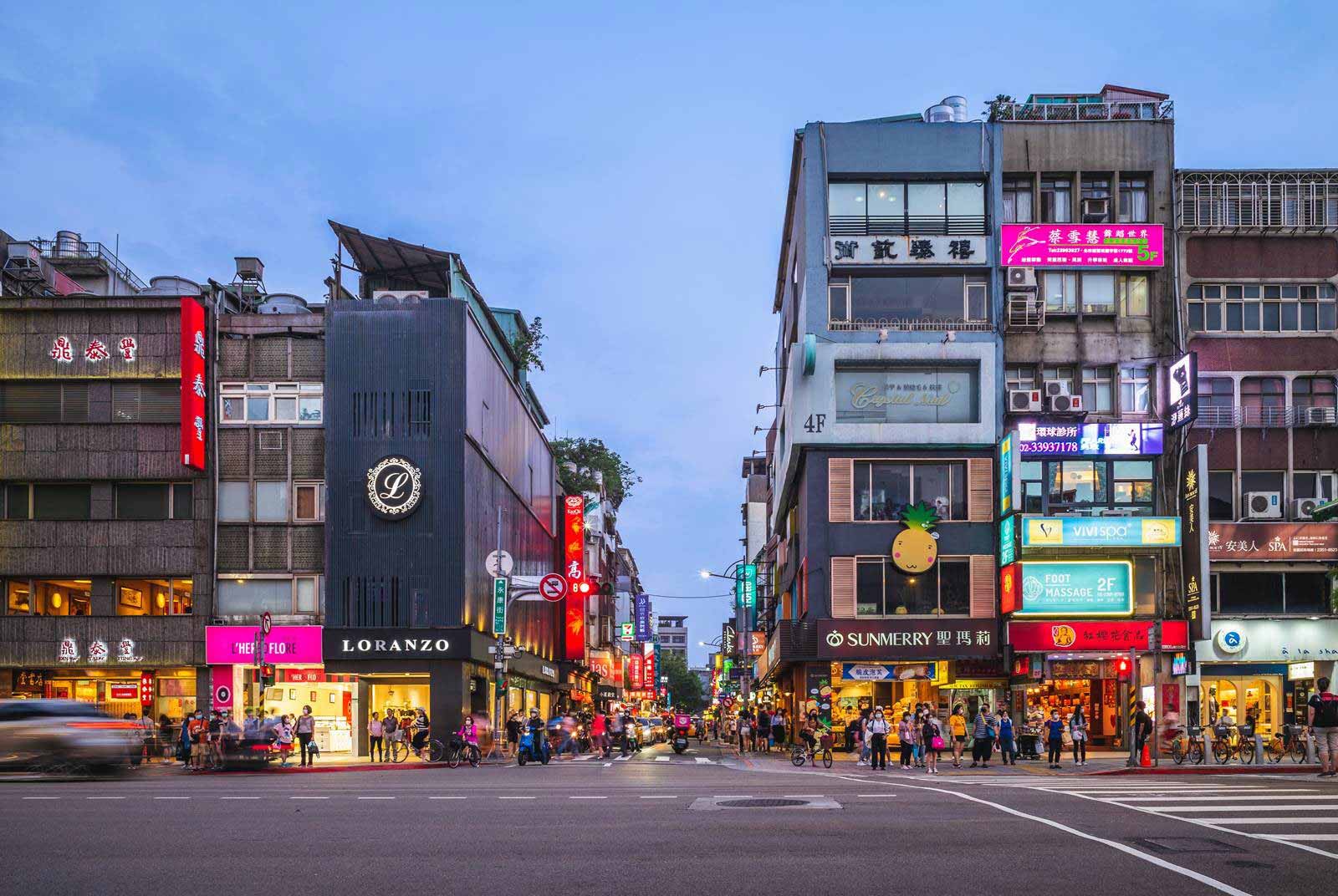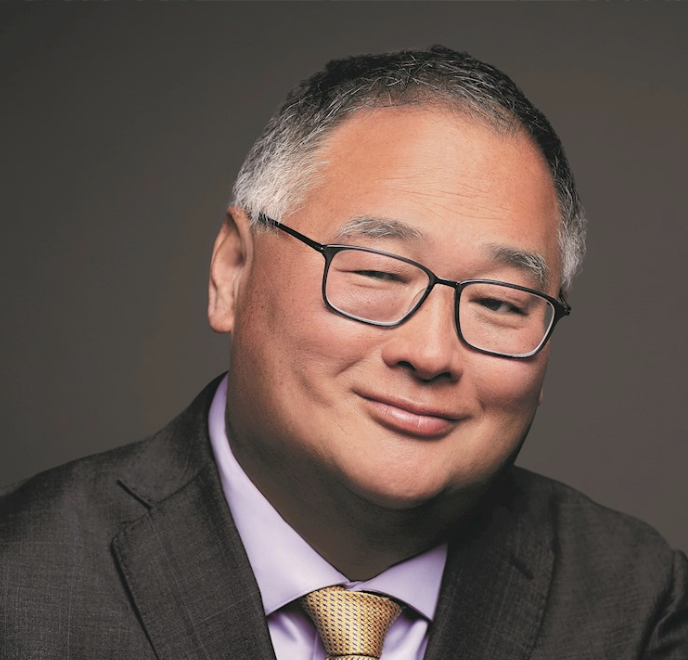The hidden beauty of Taipei

Source:shutterstock
Why does Taipei seem to be stuck in the 1950s? Compared to Hong Kong or Shanghai, Taipei is "not modern at all", but behind it lies the secret of Taiwan's competitiveness.
Views
The hidden beauty of Taipei
By Chang-Tai HsiehFrom CommonWealth Magazine (vol. 776 )
A friend in Hong Kong recently asked me, “why does Taipei look like it is stuck in the 1950s?” What he meant was that Taipei only has one “modern” business district, the Xinyi district, centered around the Taipei 101 building with “modern” malls and high rises, in contrast to Hong Kong or Shanghai where the urban spaces are dominated by districts that look identical to Taipei’s Xinyi district.
Most of Taipei is not at all like the Xinyi district. The typical neighborhood has narrow streets and alleys, with short blocks of 5 to 7 story buildings built since the 1950s. The buildings are typically made of concrete, and the first floor is typically used as a shop or workshop. It is easy to see how, from an outsider’s perspective, it can look like “modernity” has yet to arrive in most of Taipei.
My response is that the “modernity” of Hong Kong is precisely what has made it so difficult for Hong Kong to pivot away from the dominance of the financial industry. “Modern” urban spaces are by definition expensive. They are what the wealthy and established businesses want, but are terrible for aspiring entrepreneurs with little resources.
What small entrepreneur can afford the rents in central Hong Kong or Kowloon today? Sure, if the entrepreneur’s vision is consistent with the latest buzzwords of Hong Kong’s industrial planners, for example, creating a biotech company, they can access the subsidies and cheap facilities in the Hong Kong Science Park.
But industrial planners almost never know exactly what the promising ideas are, or which entrepreneurs are most likely to succeed. And that has been the key strength of Taiwan’s cities, in that industrial planners do not decide who gets the cheap rents, or who succeeds and who does not.
Cheap rents would not be necessary if all creative people had access to funding. But the vast majority of important ideas come from people that are not wealthy. Nvidia was created by Jensen Huang and his two friends over meetings at Denny’s that spanned two years. They chose to meet at Denny’s because it was cheap (breakfasts for US$1.99), and they could spend hours drawing up plans for Nvidia while getting free refills of coffee. Spaces like Denny’s are what Taiwan’s cities have traditionally provided, and what Hong Kong does not have anymore.
In addition, almost every neighborhood in Taiwan has an active “street life;” a mix of commercial and residential uses, most of the time on the same block. Such street life is hard to find in Hong Kong, or in the “modern” Xinyi district of Taipei.
This street life is important because humans are social creatures, and good ideas come from social interactions. Obviously only a fraction of the social interactions on the streets of Taipei turn into viable ideas, but more interactions and more spaces – noodle stands, night markets – can only help.
On a recent Sunday morning in early May, I walked down Yongkang Street in Taipei. At one end of it, at the intersection with Xinyi Road, I saw lines outside the original Din Tai Fung restaurant, on the ground floor of a building that was likely built in the 1950s. Din Tai Fung has obviously grown beyond its original shop, and most of their restaurants are in “modern” retail spaces. But the location of the original Din Tai Fung restaurant demonstrates why Taipei’s “traditional” neighborhoods are so important. The restaurant, like thousands of others, was set up on the first floor of an old building because it was affordable. Would Din Tai Fung ever have existed if all of Taipei 30 years ago was like the Xinyi District or Central Hong Kong?
This is not to say that “modern” neighborhoods such as Xinyi or science parks are not important. They are, because they are where the well-funded businesses locate. They are necessary, but they are the ones that developers and urban planners cater to, whereas that is not the case for most young entrepreneurs in Taiwan, some of whom may turn out to have the idea that changes the world.
About the Author

Chang-Tai Hsieh is the Phyllis and Irwin Winkelried Professor of Economics and PCL Faculty Scholar, University of Chicago Booth School of Business
Have you read?
Uploaded by Ian Huang






